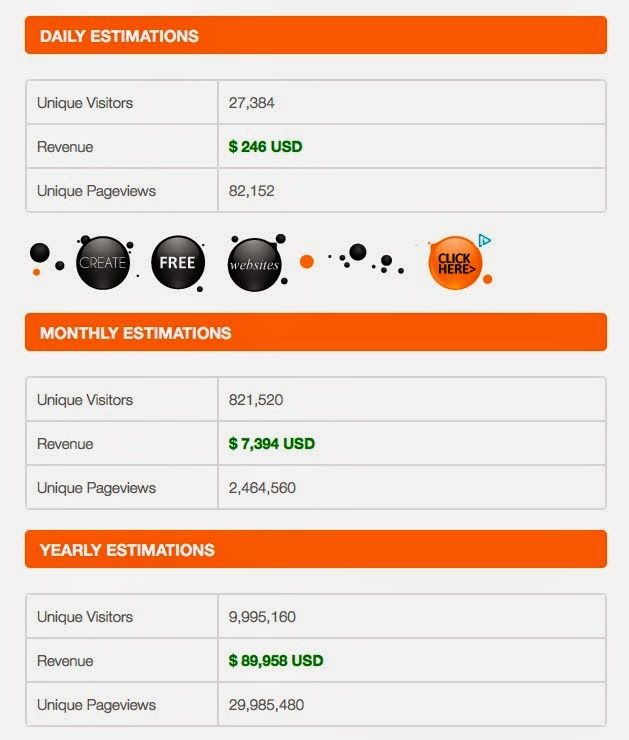A Step Closer to a Two-Party system?
Many have labeled the entry of an additional Worker’s Party
(WP) member into parliament as “a step closer to democracy”. I hardly agree
with this. Democracy, by its strictest definition has always been around,
albeit in a different mode from its western counterpart.
Rather, the more appropriate label we ought to attach to the
result of the 2013 Punggol by-election should be: “a step closer to a two-party
system”. Why? Three reasons: Firstly,
ever since the capture of Aljunied Group Representation Constituency (GRC) from
the People’s Action Party (PAP) in 2011, the WP has won every single election
it has contested. Secondly it does not fall far behind the PAP in terms of the
popular vote in contested areas. Thirdly, it has found itself a political
enclave, with one GRC and two Single Member Constituencies (SMCs)
geographically connected to one another in the northeast of Singapore. These
are signs that the WP is gaining power at an increasing pace and may assume the
role of an alternative government in a two-party state in a matter of decades. It
is in light of this observation that we should begin to analyze the direction
towards which Singapore politics is heading.
If we are indeed heading in the direction of a two party
system, then three of the biggest impacts this would have on our political
environment would be:
1.
The ability to block of constitutional
amendments introduced by the majority party
2.
Increase in intensity of debate and political
scrutiny
3.
The high possibility of a change in government
via general election
These are powerful responsibilities. However, based on its
recent performance, does the Worker’s Party look like it can one day handle
them?
The introduction of an additional Worker’s Party MP into parliament
will do much to pressure the ruling government to meet the expectations of the
people. However, the performance of the Worker’s Party has come into question
time and again. This includes its lackluster performance in parliament (http://publichouse.sg/categories/politics/item/537-how-did-the-workers%E2%80%99-party-do-in-parliament)
alongside questions over whether it can fill an executive role if it were to
assume the reins of government one day, something which the party itself does
not believe it is capable of doing. (http://www.asiaone.com/News/AsiaOne+News/Singapore/Story/A1Story20110324-269714.html)
There is some merit in the Worker’s Party increasing
presence in parliament in terms of offering an alternative voice. However, is
it fit to play a bigger role? Looking at its performance as well as the quality
of its candidates, I do not think so. More importantly, the pace at which it is
improving, if it is even improving at all, still falls short of the pace at
which it has been gaining seats in parliament. If the party’s rate of improvement
does not keep up with the speed at which it is gaining power, we will witness
an opposition coming to assume a significant level of political responsibility
but yet lacking the quality to fulfill it. This is a phenomenon that will have
adverse effects on Singapore politics.
The larger the presence in parliament by any party, the
higher the bar will be raised. If the Worker’s Party does not buck up, it
deserves no more than what it already has.

Comments
Post a Comment